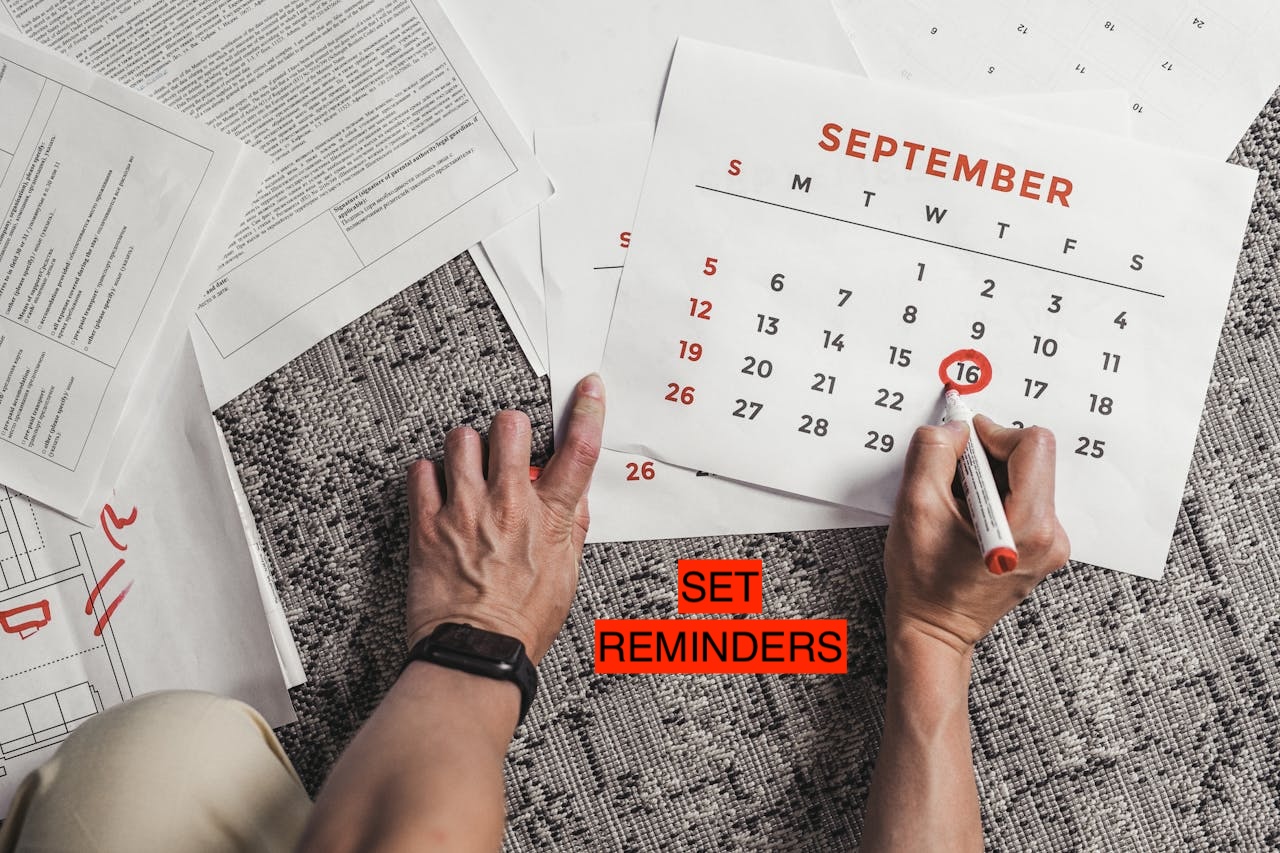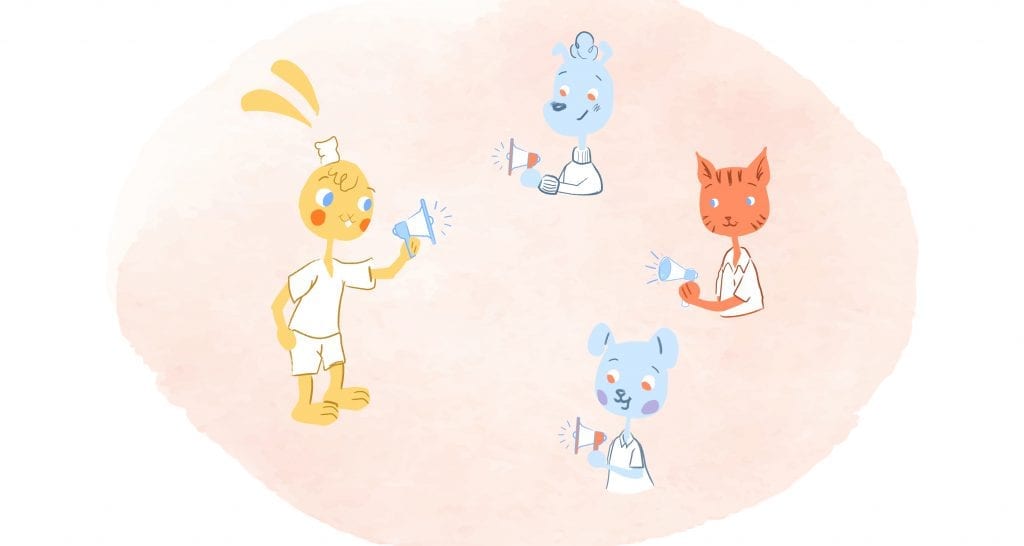

Managing your to-do list is never a small feat. Sure, people can make it look simple, but that’s only because they have a strong system of organization behind everything they have to do. What is that system? It’s probably calendar reminders. These act as your safety net, so you don’t lose track of what’s most important in your schedule.
Integrated reminders in your calendar app of choice can mean the difference between getting to a meeting on time and leaving a bad impression on your peers. It’s partly why so many high-output individuals lean on reminders to help them keep track of their agenda.
With a bit of coordination in your schedule, you, too, can master your tasks. Ready to begin? Here are the eight best ways to leverage calendar reminders so you’ll never lose track of your most essential tasks.
1. Set Daily Reminders
A direct way of using reminders is to set recurring daily tasks in your calendar that help you build or maintain your routines. Many people make a to-do list at the start of the day but forget to look at it as the day progresses. Setting pre-planned reminders for individual tasks can help you ensure each item on your list gets the attention it needs at the opportune moment.
For example, if you have to send an important email by 10 a.m., you can set a reminder for 9:45 a.m.. That gives you 15 minutes to get it done without rushing. Tools like Calendar, Google Calendar, and Microsoft Calendar let you set these reminders in seconds so you stay on track all day.
2. Block Time
Time blocking is a specific technique for managing your day in which you divide it up into specific segments of time, each dedicated to a specific task or set of tasks. Setting calendar reminders for these blocks can create a distraction-free schedule. Beyond that, time blocks can help you focus more intently on one type of task, and they signal to others at home or in your workplace that you’re off-limits to interruption.
For example, if you have a project that requires deep focus, you can block out a 2-hour window in your calendar and set a reminder to start working on it. That time becomes sacred and untouchable in your schedule, guaranteed to give you the space to concentrate solely on one thing.
Calendar reminders can also remind you to take breaks during these blocks so you don’t burn out. For example, a 10-minute break every hour could be a reminder. This will allow you to rest more deliberately, increasing your productivity and energy recovery throughout the day.
3. Configure Location-Based Reminders
Location-based reminders are a great way to ensure you get tasks done when and where they need to be done. These kinds of reminders are triggered by your location rather than a specific time, so they’re perfect for prompting certain actions when you arrive at specific destinations. They’re also handy for reminding you when you need it without overcrowding your email inbox or your phone notifications throughout the day.
For example, if you need to pick up groceries on your way home from work, you can set a location-based reminder that triggers when you’re near your favorite grocery store. Then you won’t forget to stop by even if it wasn’t at the top of your mind when you left the office.
Using a calendar app with location-based reminders makes location-based task management much more fluid.
4. Prioritize Your Reminders
Not all tasks are created equal. Some will naturally be more important than others. To manage your to-do list best, you should prioritize your tasks in order of importance and set reminders that match those priorities.
For example, you might have a high-priority reminder for a deadline-driven project and a low-priority reminder to check your email. Setting different reminder priority levels can help you manage your time and energy better.
Many calendar apps will let you color code your tasks or assign priority levels so you can see what needs attention now and what can wait until later.
5. Set Calendar Reminders for Long Term Goals
Long-term goals, like developing a new skill, can quickly get lost in any daily routine. To sustain progress toward these overarching goals, you should set calendar reminders that remind you to commit time to them each week.
For example, if your goal is to write a book by the end of the year, you can set monthly reminders to review your progress and weekly reminders to continue writing. This will break down your goal into smaller chunks and keep you motivated to keep up with it over time.
Calendar reminders can also help you track your progress so you don’t lose sight of your goals.
6. Turn Your To-Do Lists Into Reminders
To-do lists are great for tracking clusters of tasks, but they can be even better when combined with calendar reminders. Instead of just listing your tasks randomly, you should insert them on your calendar and set reminders for each one. That way, you’ll have a better chance of completing all of them.
When to-do list tasks aren’t prioritized independently, they can wind up being neglected in favor of other seemingly more important tasks. Worse than that, they can be forgotten completely. That’s why, as mentioned earlier, it’s always important to determine the urgency of each task, even the ones on a to-do list. That way, you can devote the proper amount of attention to every item on your to-do list.
7. Automate Task Reminders through Integrations
Automation can help with task management by eliminating the need to set reminders for every task. When you connect your calendar to other productivity tools, you can automate the creation of reminders for new tasks based on certain actions or criteria.
For example, a task management system like Trello or Asana can connect to your calendar so tasks automatically appear as reminders on your schedule. These tools can be programmed to create new follow-up tasks after completing a specific prerequisite task. This is great for cutting out time spent on admin to create new tasks following the completion of others.
8. Prompt Non-Work Activities
Work-related tasks aren’t the only important items on your docket. Personal commitments ought to be organized just the same as professional ones.
One way of doing this is to create multiple calendars, one for work-related reminders and one for personal reminders. Most calendar apps will allow you to hide one or more calendars you can access. With this, you can temporarily remove daily reminders or events that aren’t pertinent to where you are at any given moment.
Final Word on Calendar Reminders
Calendar reminders are way more than just random notifications you forgot to turn off. They are critical points that you set intentionally to ensure you’re responsible with your time and reliable to those around you. If you apply these tips to your calendar, you can predictably control your calendar, and nothing will slip through the cracks.
Now go set your reminders.
Featured Image Credit:











Angela Ruth
My name is Angela Ruth. I aim to help you learn how Calendar can help you manage your time, boost your productivity, and spend your days working on things that matter, both personally and professionally. Here's to improving all your calendars and becoming the person you are destined to become!